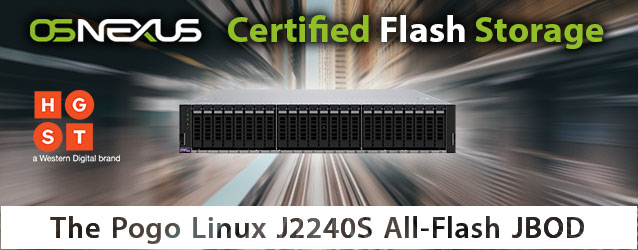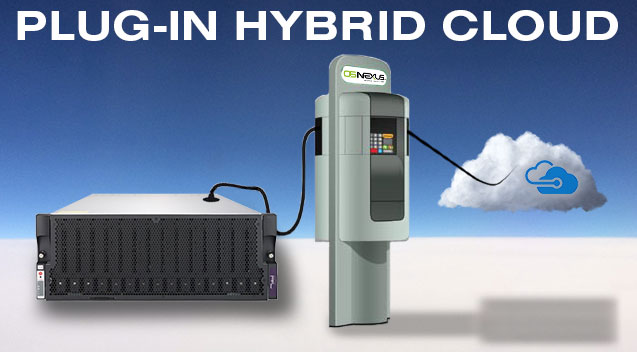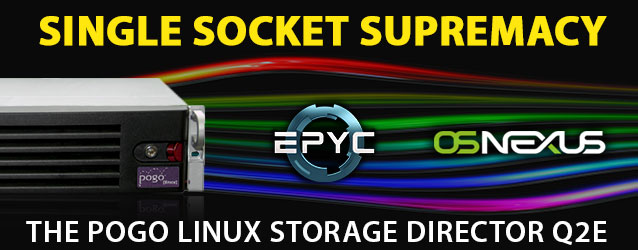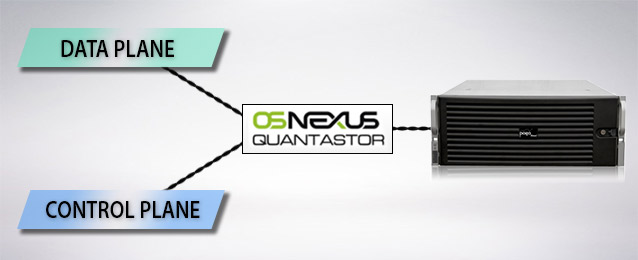Posted on July 7, 2019 by rawee.k
LOS ANGELES, Calif., July 29, 2019 – OSNEXUS, the leading developer of grid-scale software-defined storage solutions, and Pogo Linux, a leading provider of server and storage products, today announced the new StorageDirector Q-Seriessystem that delivers a simplified and scalable content distribution and storage solution for media, entertainment and broadcast users. OSNEXUS and Pogo Linux will…
See the full article
Posted on September 9, 2017 by Rachel B
We are pleased to announce that OSNEXUS has just granted their QuantaStor certification to the Pogo Linux J2240S storage server. This 2U 24 bay JBOD from HGST boasts 100% flash based storage thanks to the reliable performance of HGST SSDs. The J2240S is the no-compromise / maximum performance foundation for your QuantaStor SDS deployment. Read the full press release on…
See the full article
Posted on August 8, 2017 by rawee.k
IMAGINE seamlessly integrating a cloud-based storage appliance that works in perfect harmony with your on-premise storage solution. INTRODUCING a hybrid cloud storage solution that combines on-premise Pogo Linux Storage Director appliances with the OSNEXUS Virtual Storage Appliance (VSA) for Microsoft Azure. Hybrid Cloud Storage with OSNEXUS and Microsoft Azure The Pogo Linux Storage Director series of…
See the full article
Posted on August 8, 2017 by Rachel B
OSNEXUS has just certified the Storage Director Q2E for their QuantaStor SDS platform, making this the first AMD™ EPYC™ system to receive the designation. The recently unveiled AMD EPYC processor has shown great promise as a storage platform and this promise has just been realized with the Pogo Linux Storage Director Q2E software defined storage (SDS) node. “The new…
See the full article
Posted on March 3, 2017 by Rachel B
As storage environments grow and appliances are added to expand capacity, it becomes increasingly difficult for users to manage their data across disparate sets of storage appliances. This, in turn, slows productivity. One traditional approach to solving this data management problem has been to use scale-out NAS solutions that provide visibility to all NAS shares…
See the full article




